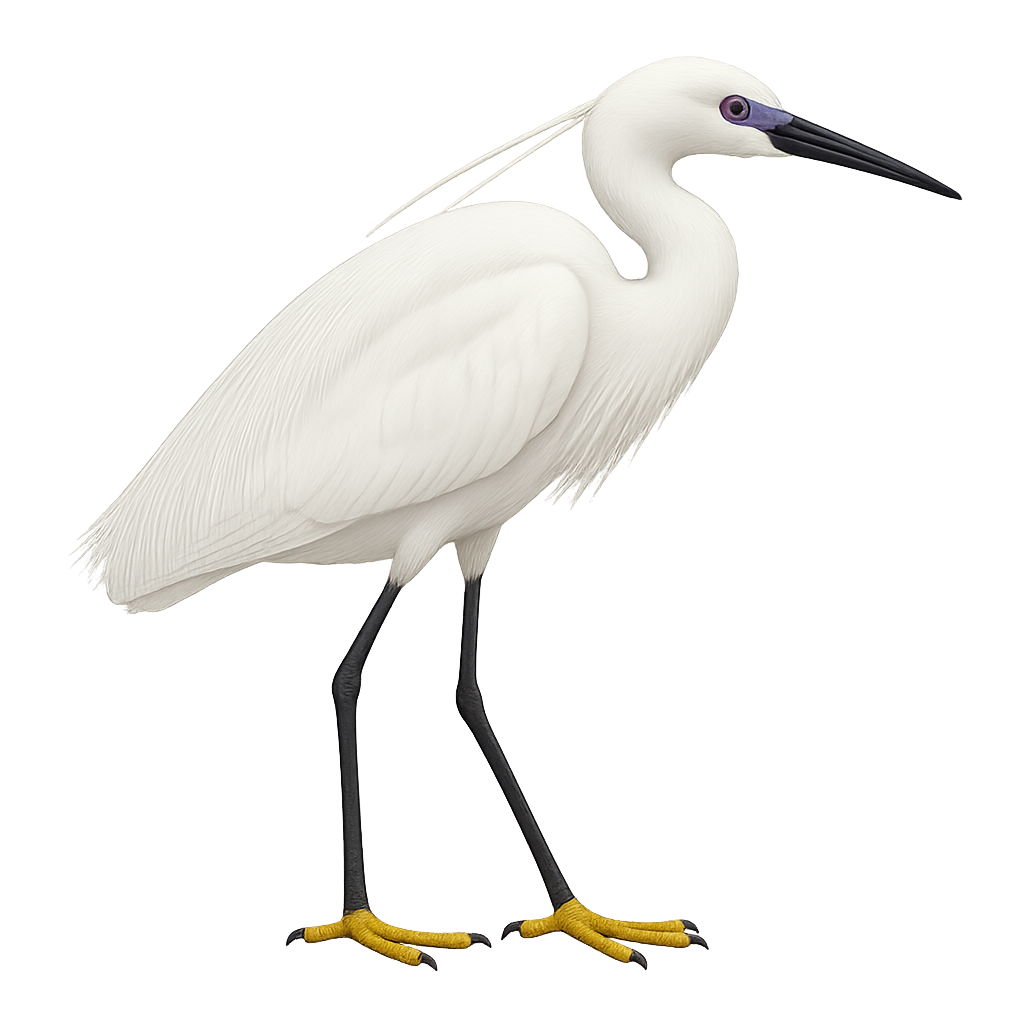Your wildlife photography guide.
Explore the little egret in detail, study its behavior, prepare your shots.
Where to observe and photograph the little egret in the wild
Learn where and when to spot the little egret in the wild, how to identify the species based on distinctive features, and what natural environments it inhabits. The WildlifePhotographer app offers tailored photography tips that reflect the little egret’s behavior, helping you capture better wildlife images. Explore the full species profile for key information including description, habitat, active periods, and approach techniques.
Little Egret
Scientific name: Egretta garzetta

IUCN Status: Least Concern
Family: ARDEIDAE
Group: Birds
Sensitivity to human approach: Suspicious
Minimum approach distance: 30 m
Courtship display: March to May
Incubation: 21–25 jours
Hatchings: April to June
Habitat:
Wetlands, marshes, and rivers
Activity period :
Primarily active during the day, with peak activity in the morning and late afternoon.
Identification and description:
The Little Egret is an elegant bird, easily recognized by its pure white plumage and long black legs. It is mainly found in wetland areas of Europe, Asia, and Africa, where it hunts small fish, insects, and crustaceans. This small heron is known for its graceful behavior, moving slowly through shallow waters to spot its prey. During the breeding season, it sports spectacular nuptial plumes that add to its beauty.
The Little Egret is a social bird, often feeding in groups in marshes and lagoons, creating scenes of great beauty.
Recommended lens:
300 mm – adjust based on distance, desired framing (portrait or habitat), and approach conditions.
Photography tips:
Approach discreetly using a telephoto lens, to capture sharp images without disturbing the little egret.
Photograph early in the morning or late in the afternoon, when the light is soft and the egret is more active in search of food.
Capture hunting moments: The little egret is often seen fishing or diving, very dynamic and interesting moments to photograph.
Be patient and respectful: The egret can be easily disturbed, so stay at a sufficient distance and wait for the bird to stabilize.
The little egret is a species of minor concern. However, it is essential to respect its natural habitat and not disturb its daily activities, especially during foraging or breeding. Always follow local conservation guidelines to minimize the impact of your presence.
From knowledge to field practice
A species profile helps you understand an animal. In the field, the challenge is often different. Remembering your own observations.
The WildlifePhotographer app allows you to:
• record your personal observations
• note locations, dates, and behaviors
• revisit your field references over time
• build a private and long-term field logbook
The app does not provide observation locations.
It helps you organize what you actually observe, with respect for wildlife.

